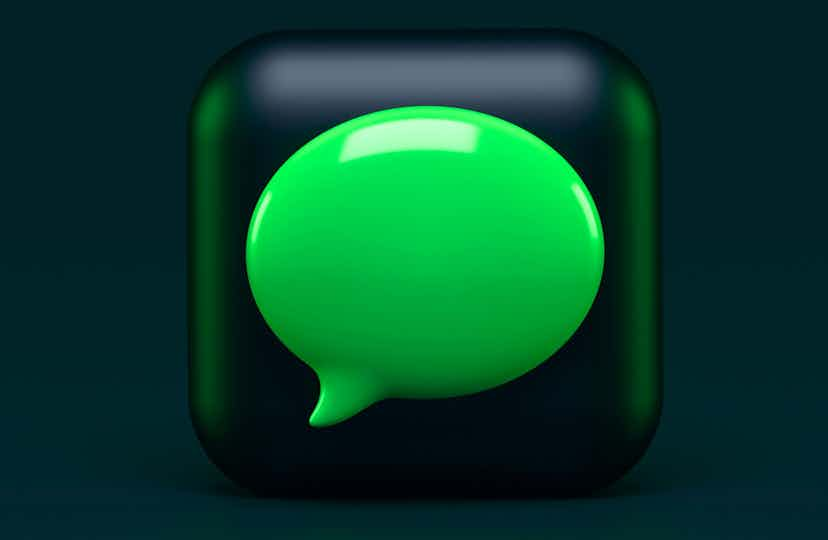In the fast-paced world of digital marketing, email remains a powerful tool for engaging with your audience. For beginners, navigating the landscape of email marketing can be overwhelming. That's where email marketing automation comes in—a game-changer that can streamline your efforts and boost your campaign's effectiveness.
Understanding Email Marketing Automation
What is Email Marketing Automation?
Email Marketing Automation involves using software to automate your email campaigns, allowing you to send targeted messages to your audience at the right time.
Key Benefits for Beginners
Time Savings
Automating repetitive tasks saves time, allowing you to focus on creating valuable content and strategy.
Personalization
Craft personalized messages based on user behavior, enhancing the customer experience.
Improved Engagement
Automation ensures timely and relevant communications, increasing overall engagement with your audience.
Getting Started: Setting Up Your Email Marketing Automation
Selecting the Right Email Marketing Automation Platform
Choosing the right platform is crucial. Popular options like Mailchimp and HubSpot offer user-friendly interfaces and robust features.
Creating Your First Automation Workflow
- Welcome Emails: Greet new subscribers and set the tone for your relationship.
- Drip Campaigns: Gradually nurture leads with a series of scheduled emails.
Building Your Email List
Importance of a Quality Email List
Focus on quality over quantity to ensure your messages reach an interested and engaged audience.
Strategies for Growing Your Subscriber Base
Lead Magnets
Offer valuable resources such as ebooks or webinars to entice people to subscribe.
Opt-in Forms
Place opt-in forms strategically on your website to capture visitor information.
Creating Engaging Content for Automation
Crafting Compelling Email Copy
Write clear and concise copy that resonates with your audience, focusing on value and benefits.
Incorporating Visuals and Media
Enhance your emails with eye-catching visuals to grab attention and convey your message effectively.
A/B Testing for Optimization
Experiment with different elements to identify what resonates best with your audience.
Personalization and Segmentation
Importance of Personalization in Email Marketing
Personalized emails receive higher open and click-through rates.
Segmenting Your Audience for Targeted Campaigns
Divide your audience based on demographics or behavior to send more relevant content.
Automation Best Practices for Beginners
Avoiding Common Pitfalls
- Over-automation can lead to impersonal communication.
- Regularly update and clean your email list to maintain its quality.
Monitoring and Analyzing Performance Metrics
Track key metrics such as open rates, click-through rates, and conversions to measure the success of your campaigns.
Case Studies: Real-World Examples
Successful Email Marketing Automation Campaigns
Explore case studies from industry leaders who have achieved remarkable results through automation.
Lessons Learned from Industry Leaders
Extract valuable insights and apply them to your own email marketing strategy.
Future Trends in Email Marketing Automation
AI Integration
Explore how Artificial Intelligence is shaping the future of email marketing automation.
Interactive Email Content
Discover the potential of interactive content to boost engagement and user interaction.
Conclusion
In conclusion, email marketing automation is a powerful tool for beginners looking to enhance their email campaigns. By understanding the basics, selecting the right platform, and implementing best practices, you can create engaging and personalized experiences for your audience. As technology evolves, staying informed about future trends will keep your strategies fresh and effective. Now, it's time to dive in and make the most of email marketing automation for your business!



